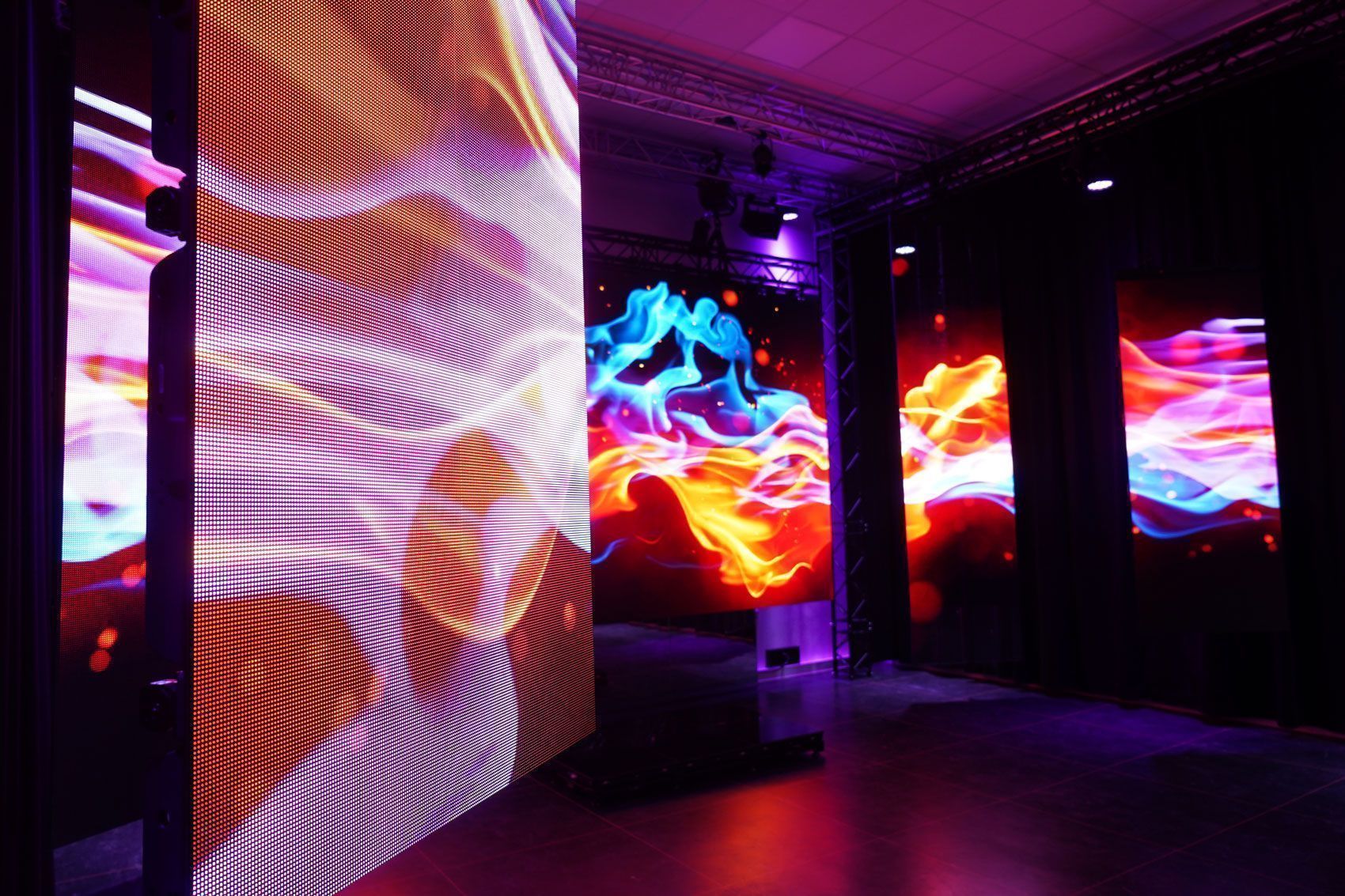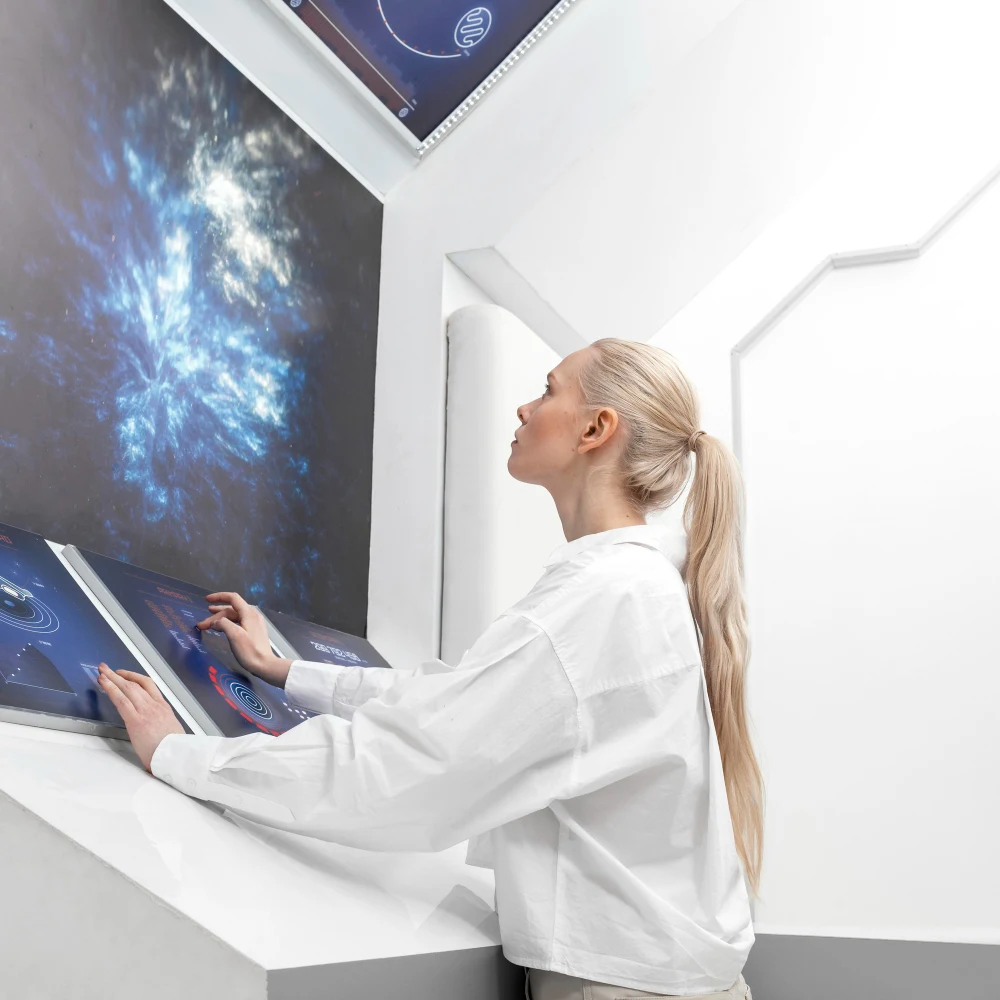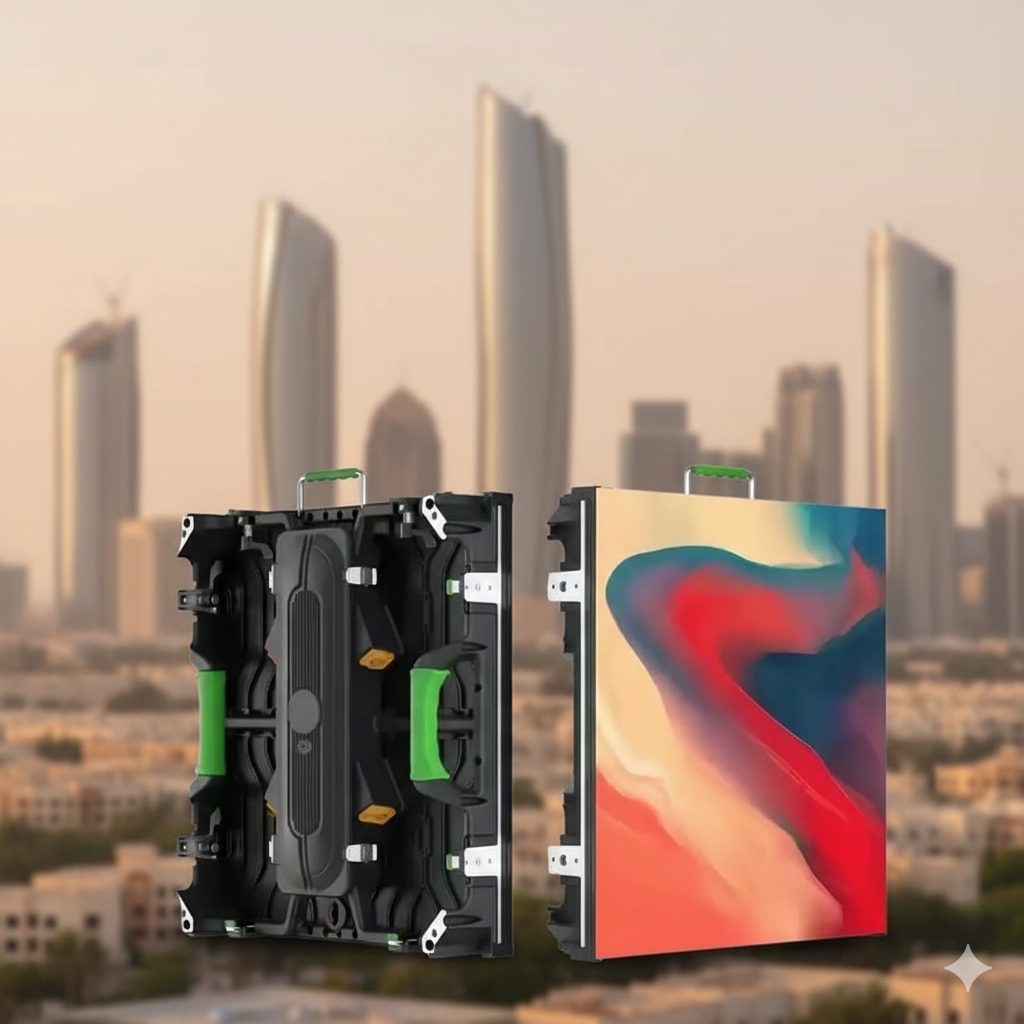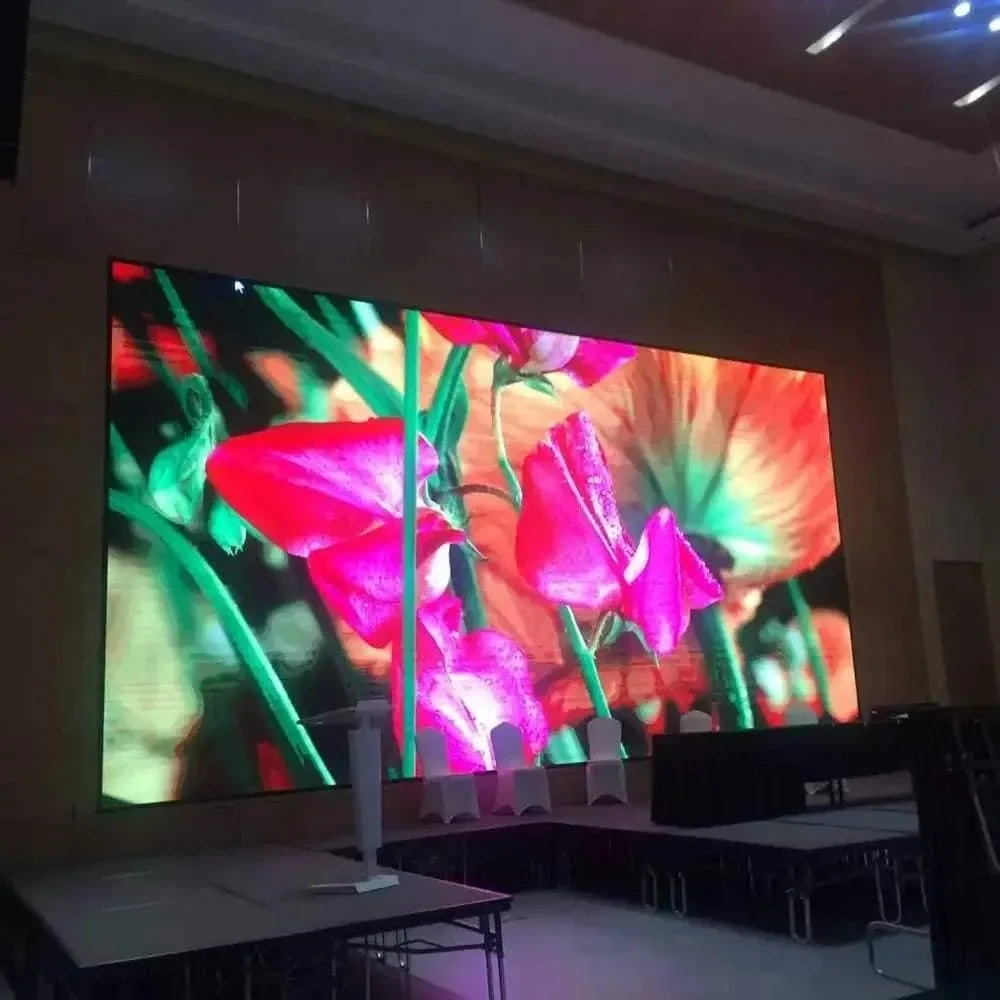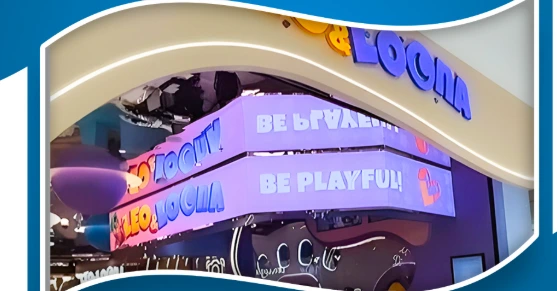Adorn LED Screen provides indoor LED screen solutions for showrooms. Their LED screens offer high resolution and brightness display for an eye-catching and effective in-store experience. The screens are customizable in size and specifications to fit the unique needs of each showroom.
The benefits of using LED screens for showrooms
- High Visibility: LED screens offer bright, clear, and high-resolution displays that grab the attention of customers and effectively showcase products.
- Customizable Content: LED screens can display customizable content, allowing businesses to change their advertising message quickly and easily
- Cost-Effective: LED screens can be more cost-effective than traditional advertising methods such as print ads, posters, and banners.
- Energy Efficient: LED screens are energy-efficient, reducing electricity costs and minimizing the carbon footprint of the business.
- Versatile: LED screens can be used for a variety of purposes, including product demonstrations, promotions, and brand building.
- Increased Engagement: LED screens can enhance customer engagement and interaction by displaying dynamic content, videos, and animations.
- Measurable Results: LED screens provide measurable results, allowing businesses to track their return on investment and make informed decisions.
- 24/7 Availability: LED screens can operate 24 hours a day, 7 days a week, providing a constant stream of advertising and information to customers.
- Durability: LED screens are durable and long-lasting, reducing the need for frequent replacements and reducing costs over time.
- Improved Brand Image: LED screens can improve a business’s brand image by showcasing a modern and technologically advanced image to customers.
How to choose the right LED screen for your showroom
- Resolution: The resolution of an LED screen refers to the number of pixels in the display. A higher resolution means a clearer and more detailed display. It’s important to choose a resolution that is appropriate for the size of the screen and the distance at which it will be viewed.
- Size: The size of the LED screen is important to consider as it directly affects visibility. The size should be appropriate for the space available and should be easily visible from a distance.
- Brightness: The brightness of an LED screen refers to the amount of light it emits. A higher brightness is necessary for outdoor displays or for environments with high ambient light levels. For indoor showrooms, a lower brightness may be sufficient.
- Viewing Angle: The viewing angle of anLED screen refers to the angle at which the display remains visible. A wider viewing angle is important for displays that will be viewed from multiple angles.
- Environmental Factors: The environmental factors, such as temperature and humidity, should be considered when choosing an LED screen for your showroom.
- Maintenance: The maintenance required for an LED screen should also be considered. The ease of accessing the screen for cleaning and maintenance can be an important factor.
- Budget: The budget for the LED screen is also a crucial factor. It’s important to choose a screen that offers the best value for the budget allocated.
- Future Upgradability: The future upgradability of the LED screen should also be considered, as technology and display capabilities are constantly evolving.
- Brand Reputation: The brand reputation of the LED screen should also be considered. A reputable brand is likely to offer better quality and support compared to a lesser-known brand.
- Technical Support: The availability of technical support for the LED screen should also be considered. It’s important to have access to technical support in case of any issues with the display.
Innovations and advancements in LED technology and their impact on the showroom industry.
- Increased Resolution: Advances in LED technology have led to higher resolution displays, providing a clearer and more detailed image for customers.
- Improved Brightness: LED technology has improved the brightness of LED screens, making them suitable for outdoor and high-ambient light environments.
- Lighter and Slimmer Designs: Innovations in LED technology have resulted in lighter and slimmer designs, making it easier to install and maintain LED screens.
- Wider Color Gamut: LED screens now have a wider color gamut, allowing for more accurate and vibrant color representation.
- Increased Durability: LED technology has increased the durability and longevity of LED screens, reducing the need for frequent replacements and maintenance.
- Improved Energy Efficiency: LED technology has improved the energy efficiency of LED screens, reducing electricity costs and minimizing their carbon footprint.
- Advanced Control Systems: Advancements in LED technology have led to the development of advanced control systems, allowing for greater customization and control of LED displays.
- Interactive Displays: LED technology has paved the way for the development of interactive displays, enhancing customer engagement and interaction.
- 4K and 8K Displays: LED technology has enabled the development of 4K and 8K displays, providing customers with an even clearer and more immersive display experience.
- Virtual and Augmented Reality: Innovations in LED technology have opened up new possibilities in virtual and augmented reality, allowing businesses to create even more immersive showroom experiences.
Future of LED technology and its impact on the indoor showroom industry.
- Increased Adoption: It is expected that the use of LED technology in showrooms will continue to increase, leading to more widespread adoption and integration.
- Improved Display Quality: LED technology is expected to continue to advance, leading to improved display quality and capabilities.
- More Energy-Efficient: LED technology is expected to become even more energy-efficient, reducing electricity costs and minimizing the carbon footprint of showrooms.
- Increased Interactivity: LED technology is expected to lead to the development of even more interactive displays, enhancing customer engagement and interaction.
- Virtual and Augmented Reality: The integration of virtual and augmented reality into LED displays is expected to continue to grow, creating even more immersive showroom experiences.
- Smart Showrooms: The integration of IoT technology into LED displays is expected to lead to the development of smart showrooms, allowing for greater customization and control.
- Increased Flexibility: LED technology is expected to offer even greater flexibility in terms of content and design, allowing businesses to easily change their advertising message to fit their needs.
- Improved Brand Image: The use of LED technology in showrooms is expected to continue to improve a business’s brand image by showcasing a modern and technologically advanced image to customers.
- Measurable Results: LED technology is expected to continue to provide measurable results, allowing businesses to track their return on investment and make informed decisions.
- Increased Reach: LED technology is expected to continue to reach a wider audience, especially in busy public areas where traditional advertising methods may go unnoticed

